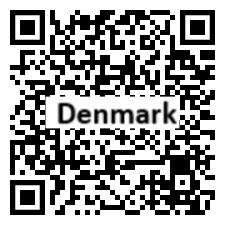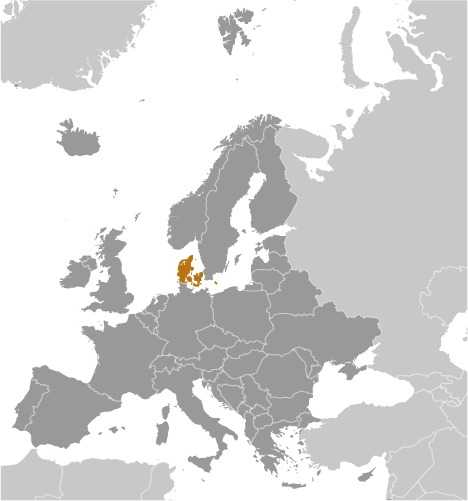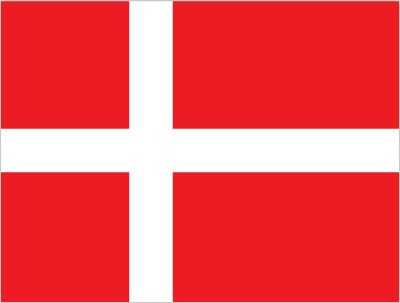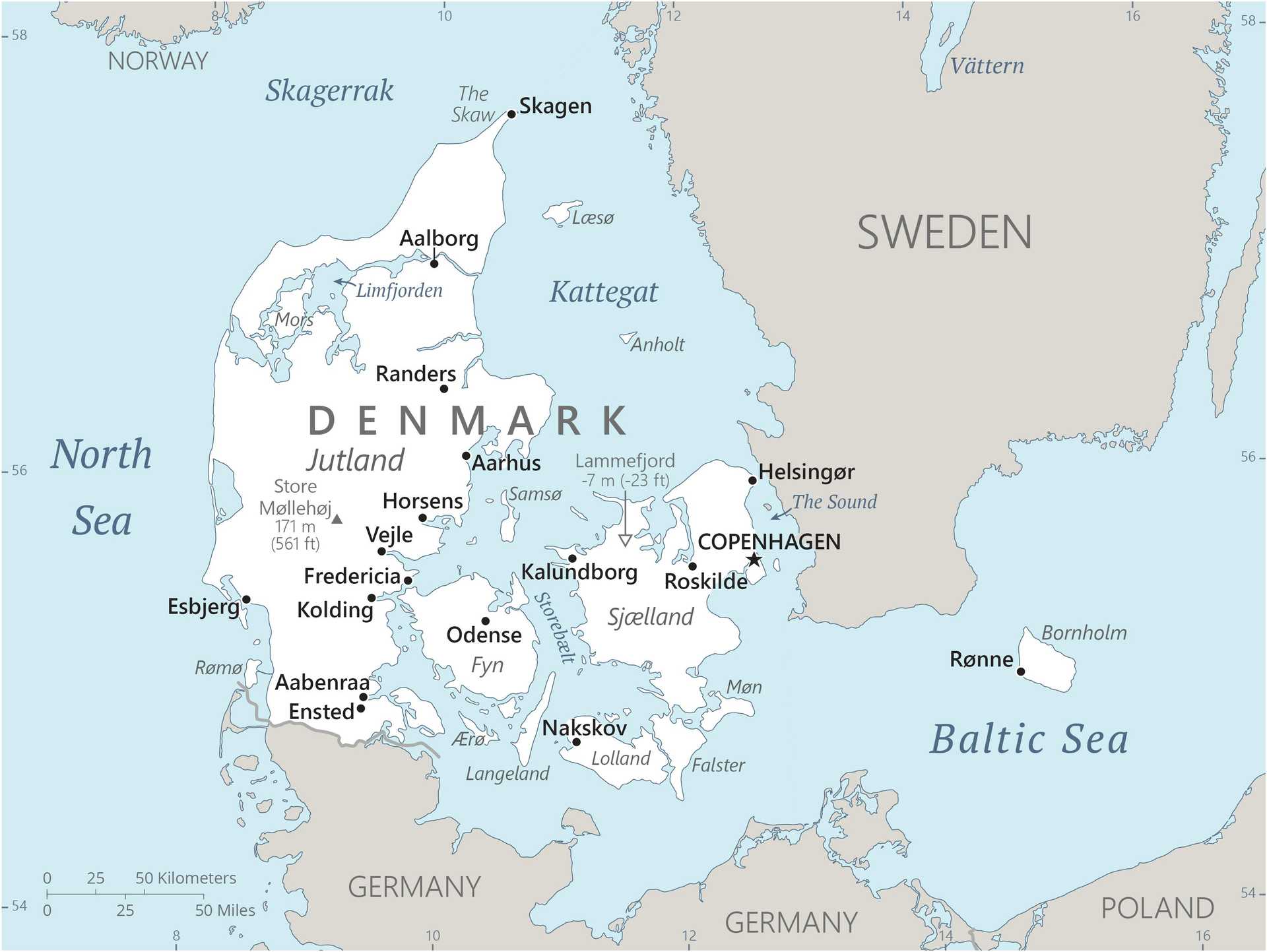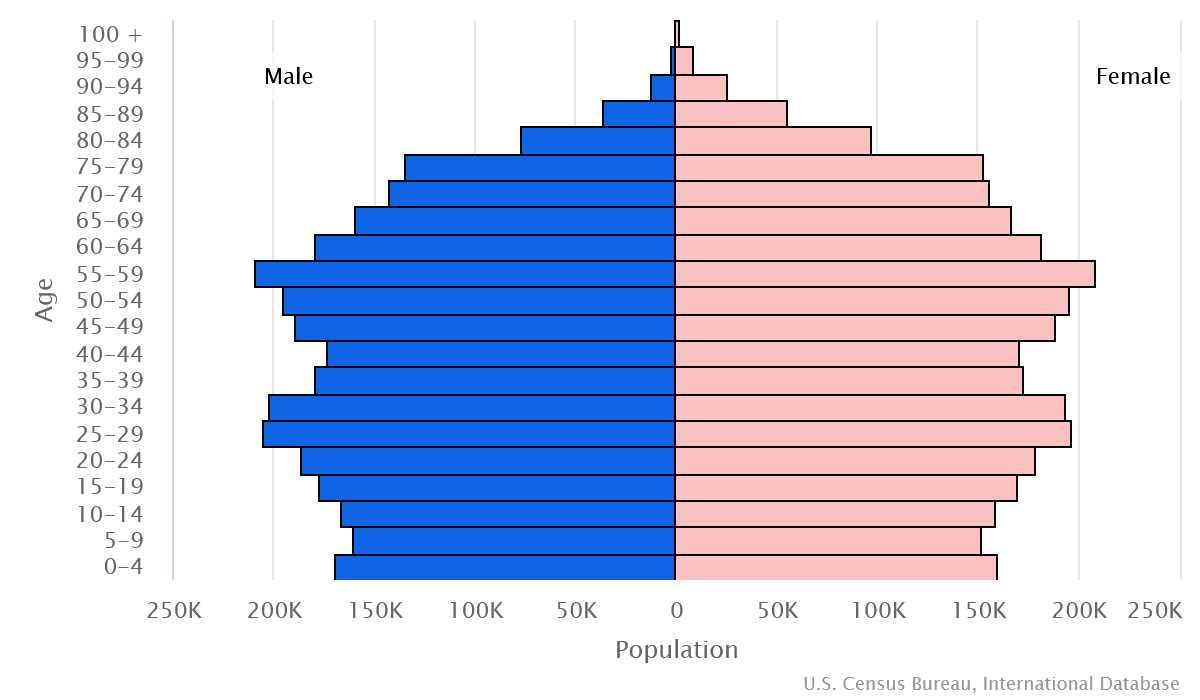Introduction
Background
Once the seat of Viking raiders and later a major north European power, Denmark has evolved into a modern, prosperous nation that is part of the general political and economic integration of Europe.
Geography
Area
total: 43,094 sq km
land: 42,434 sq km
water: 660 sq km
Climate
temperate; humid and overcast; mild, windy winters and cool summers
Natural resources
petroleum, natural gas, fish, arable land, salt, limestone, chalk, stone, gravel and sand
People and Society
Population
total: 5,973,136
male: 2,975,261
female: 2,997,875 (2024 est.)
Ethnic groups
Danish (includes Greenlandic (who are predominantly Inuit) and Faroese) 84.2%, Turkish 1.1%, other 14.7% (largest groups are Polish, Romanian, Syrian, Ukrainian, German, and Iraqi) (2023 est.)
Languages
Danish, Faroese, Greenlandic (an Inuit dialect), German (small minority); note - English is the predominant second language
Religions
Evangelical Lutheran (official) 71.4%, Muslim 4.3%, other/none/unspecified (denominations include Roman Catholic, Jehovah's Witness, Serbian Orthodox Christian, Jewish, Baptist, Buddhist, Church of Jesus Christ, Pentecostal, and nondenominational Christian) 24.3% (2024 est.)
Population growth rate
0.44% (2024 est.)
Government
Government type
parliamentary constitutional monarchy
Capital
name: Copenhagen
Executive branch
chief of state: King FREDERIK X (since 14 January 2024); Heir Apparent Crown Prince CHRISTIAN (son of the king, born 15 October 2005); note - Queen MARGRETHE II abdicated on 14 January 2024, the first Danish monarch to voluntarily abdicate since King ERIC III in 1146
head of government: Prime Minister Mette FREDERIKSEN (since 27 June 2019)
Legislative branch
description: unicameral People's Assembly or Folketing (179 seats, including 2 each representing Greenland and the Faroe Islands; members directly elected in multi-seat constituencies by party-list proportional representation vote; members serve 4-year terms unless the Folketing is dissolved earlier)
Economy
Economic overview
diversified EU trade-based economy; environmental regulatory innovator; dominant services sector; increased government spending but retaining budget surpluses; currently high inflation; unique "flexicurity" labor market
Real GDP (purchasing power parity)
$353.799 billion (2022 est.)
$344.393 billion (2021 est.)
$322.331 billion (2020 est.)
Real GDP per capita
$59,900 (2022 est.)
$58,800 (2021 est.)
$55,300 (2020 est.)
Agricultural products
milk, wheat, barley, potatoes, sugar beets, pork, rapeseed, rye, oats, chicken (2022)
Industries
wind turbines, pharmaceuticals, medical equipment, shipbuilding and refurbishment, iron, steel, nonferrous metals, chemicals, food processing, machinery and transportation equipment, textiles and clothing, electronics, construction, furniture and other wood products
Exports
$279.939 billion (2022 est.)
$237.861 billion (2021 est.)
$195.876 billion (2020 est.)
Exports - partners
Germany 15%, US 11%, Sweden 10%, Netherlands 6%, Norway 5% (2022)
Exports - commodities
packaged medicine, garments, fish, electricity, refined petroleum (2022)
Imports
$235.68 billion (2022 est.)
$210.716 billion (2021 est.)
$172.954 billion (2020 est.)
Imports - partners
Germany 20%, Sweden 12%, China 9%, Netherlands 8%, Norway 5% (2022)
Imports - commodities
garments, cars, refined petroleum, electricity, packaged medicine (2022)
Exchange rates
Danish kroner (DKK) per US dollar -
Exchange rates:
7.076 (2022 est.)
6.287 (2021 est.)
6.542 (2020 est.)
6.669 (2019 est.)
6.315 (2018 est.)
Page last updated: Wednesday, May 15, 2024
